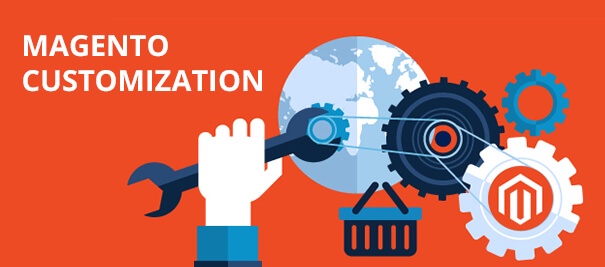Integrating an ERP (Enterprise Resource Planning) system with Magento 2 can help streamline and automate various business processes, such as inventory management, order processing, and financials. While the specific steps may vary depending on the ERP software you're using, here is a general step-by-step guide for integrating Magento 2 with an ERP system in 2023:
Step 1: Choose an ERP System Select an ERP system that aligns with your business needs and has integration capabilities with Magento 2. Some popular ERP systems compatible with Magento 2 include SAP, Microsoft Dynamics 365, Oracle NetSuite, and Odoo.
Step 2: Evaluate Integration Options Research and evaluate the integration options available for your chosen ERP system and Magento 2. Check if there are pre-built integration modules or extensions available in the Magento Marketplace or the ERP vendor's website. Alternatively, you may need to develop a custom integration using APIs (Application Programming Interfaces) provided by both Magento 2 and the ERP system.
Step 3: Plan the Integration Create a comprehensive integration plan that outlines the specific modules and functionalities you want to integrate between Magento 2 and the ERP system. Identify the key data points and processes that need to be synchronized, such as product information, inventory levels, pricing, orders, and customer data.
Step 4: Install and Configure Integration Modules If there are pre-built integration modules or extensions available, download and install them in your Magento 2 instance. Follow the provided documentation or user guides to configure the modules with your ERP system's credentials and settings.
Step 5: Develop Custom Integration (if required) If there are no pre-built integration modules available or if you require additional customizations, you may need to develop a custom integration using APIs. This step typically involves working with developers who are proficient in both Magento 2 and your chosen ERP system. Follow the documentation and guidelines provided by both platforms to establish the integration.
Step 6: Test the Integration Before going live, thoroughly test the integration to ensure that data is being synchronized accurately and in real-time between Magento 2 and the ERP system. Test various scenarios, such as product updates, inventory adjustments, order placement, and customer data synchronization.
Step 7: Implement the Integration Once you are satisfied with the testing results, implement the integration in your production environment. Make sure to follow best practices for deployment and consider scheduling the go-live during a low-traffic period to minimize potential disruptions.
Step 8: Monitor and Maintain the Integration After the integration is live, monitor its performance and ensure that data continues to synchronize smoothly between Magento 2 and the ERP system. Regularly update and maintain the integration modules or custom code as needed, considering any updates or changes made to either Magento 2 or the ERP system.
Remember that the above steps provide a general guideline for integrating Magento 2 with an ERP system in 2023. The actual process may vary based on the specific ERP system you choose and the customization requirements of your business. It is recommended to consult the documentation and support resources provided by both Magento and your ERP system for detailed instructions and best practices.


No comments yet